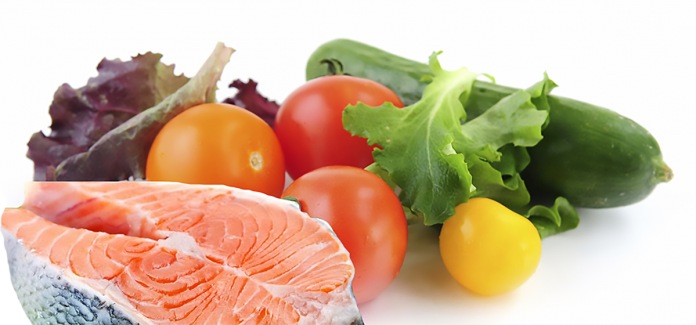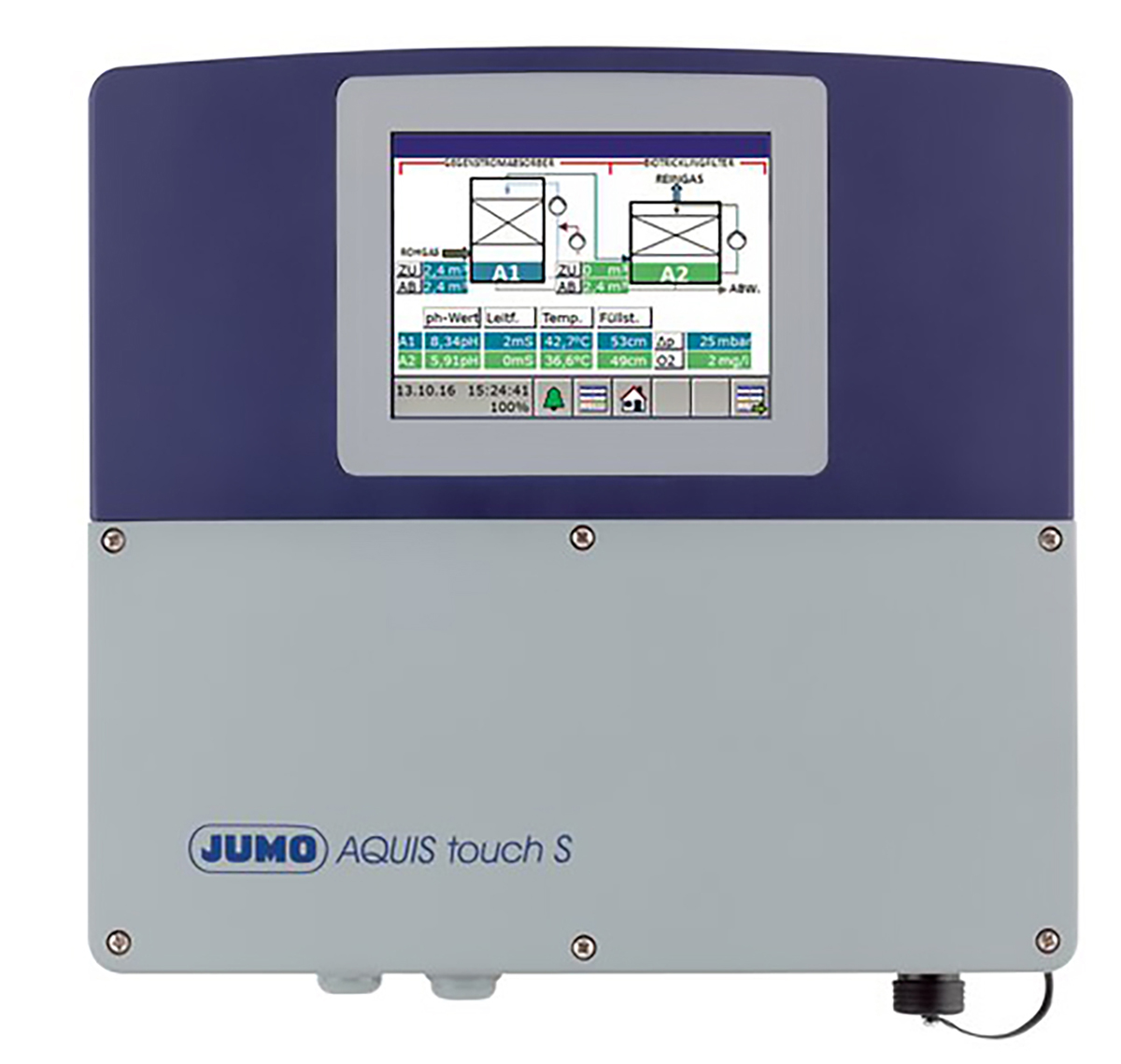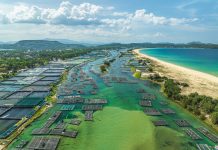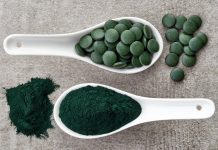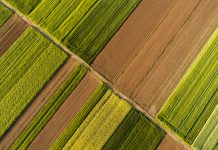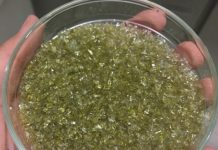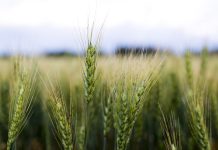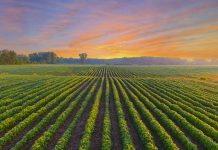Bengt Fellbe, Program Leader at SSEC, Swedish Surplus Energy Collaboration, argues that sustainable and climate-smart food production requires high competence, innovative and cutting-edge technology
In Sweden and around the world, it has become clear that we need to support a growing population in a way that forces new production models. We need to produce healthy food with high nutritional content but without a high climate footprint. To be sustainable, we need to rethink our logistics and have a higher level of self-sufficiency. Fortunately, the technology for this exists, and awareness and investment are moving in the right direction – in other words, there is hope for future sustainable food production.
Sustainable food production based on circularity in closed systems to reduce climate impact requires high demands on technology at all stages of production. Having control and being able to measure flow balances in many forms places very high demands on the quality of measuring technique and sensor equipment. In addition, there is the opportunity to coordinate and collect measurement values and take advantage of artificial intelligence (AI) technology to make the most out of using high-tech equipment.
SSEC WIN has JUMO as a partner
We are, therefore, pleased that SSEC WIN has JUMO as a partner. JUMO has both breadth and cutting-edge expertise and technical equipment in the water and energy areas. JUMO has several years of experience in delivering aquaculture technology and participates in innovative development projects with a view towards more sustainable cultivation systems in the future.
Together with some of our other technology suppliers, Solserv, which provides sustainable packaging and composting technology, Sanso Mixing System, which mixes wet and dry substances with high precision, SSEC/ WIN partners conclude a circular production model.
Aquaculture: Aquaponics
The sustainable alternative to wild fish: Fish farming
The water quality makes the difference
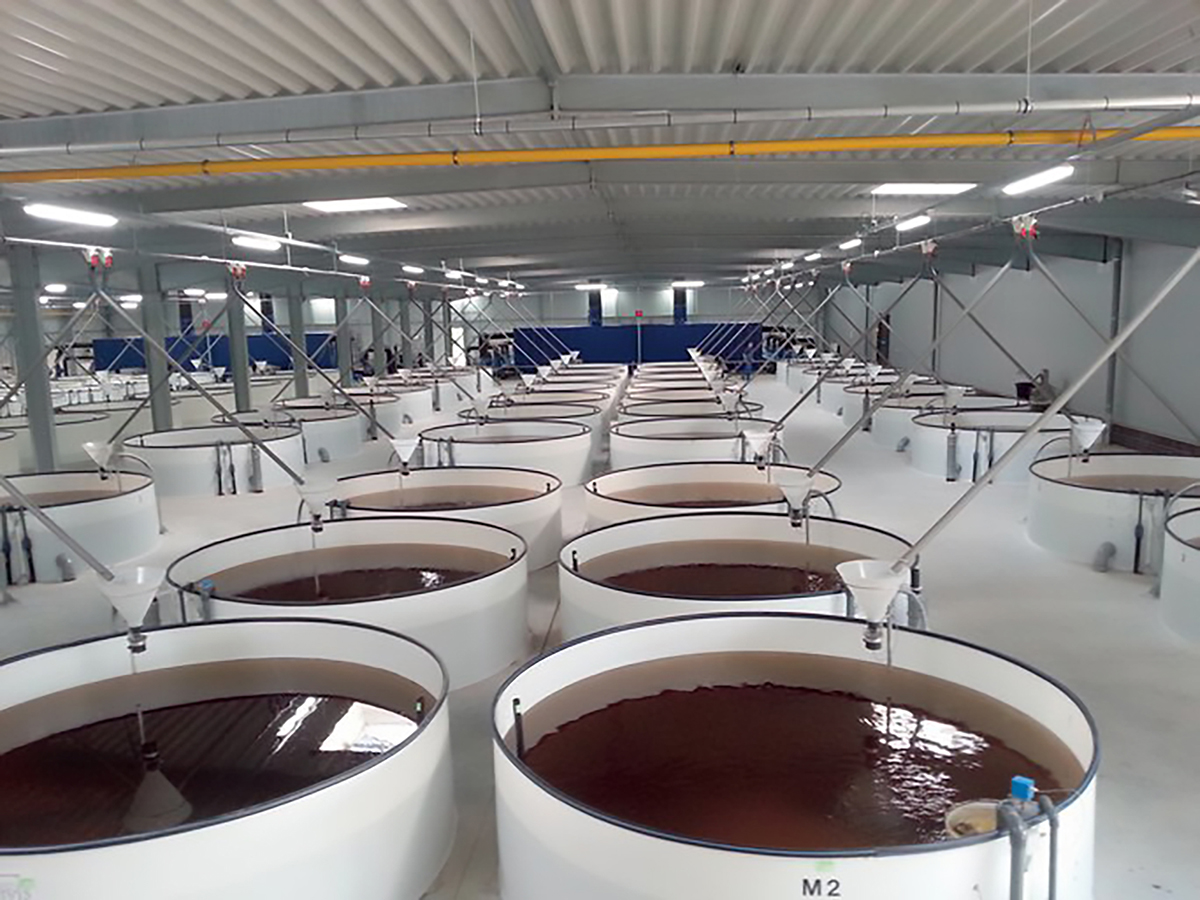
All over the world, more and more fish and crustaceans are being bred on commercial fish farms in so-called types of aquaculture: in ponds, breeding tanks, net enclosures and net cages. Among the different species of fish, freshwater fish, such as carp or tilapia as well as sea fish like salmon, bream, halibut or tuna are particularly well suited for breeding of this kind. Aquaculture is currently the fastest-growing sector in food production. System manufacturers or operators know how complicated and challenging fish breeding in aquacultures is. Water quality is the decisive factor that depends on reliable processes and accurate measurement technology. Here, JUMO is at your side as a reliable partner.
Remote monitoring of aqua farms with a systematic approach
Aqua farms breed thousands of young fish up to the slaughtering stage. Stock success and maximum yield largely depend on the well-being of the animals. A sufficient supply of oxygen is essential and, therefore, needs to be continuously monitored. The modular measuring and control system JUMO AQUIS touch S, in conjunction with the optical oxygen sensor JUMO digiLine O-DO, provides continuous and reliable measuring data in real-time. The temperature can also be extracted via the sensor’s digital interface. Controlling these two parameters means that one can conclude the growth process of the fish and their feed utilisation. Based on this data, the feed quantities and times can be optimised and tailored to the needs of the fish populations.
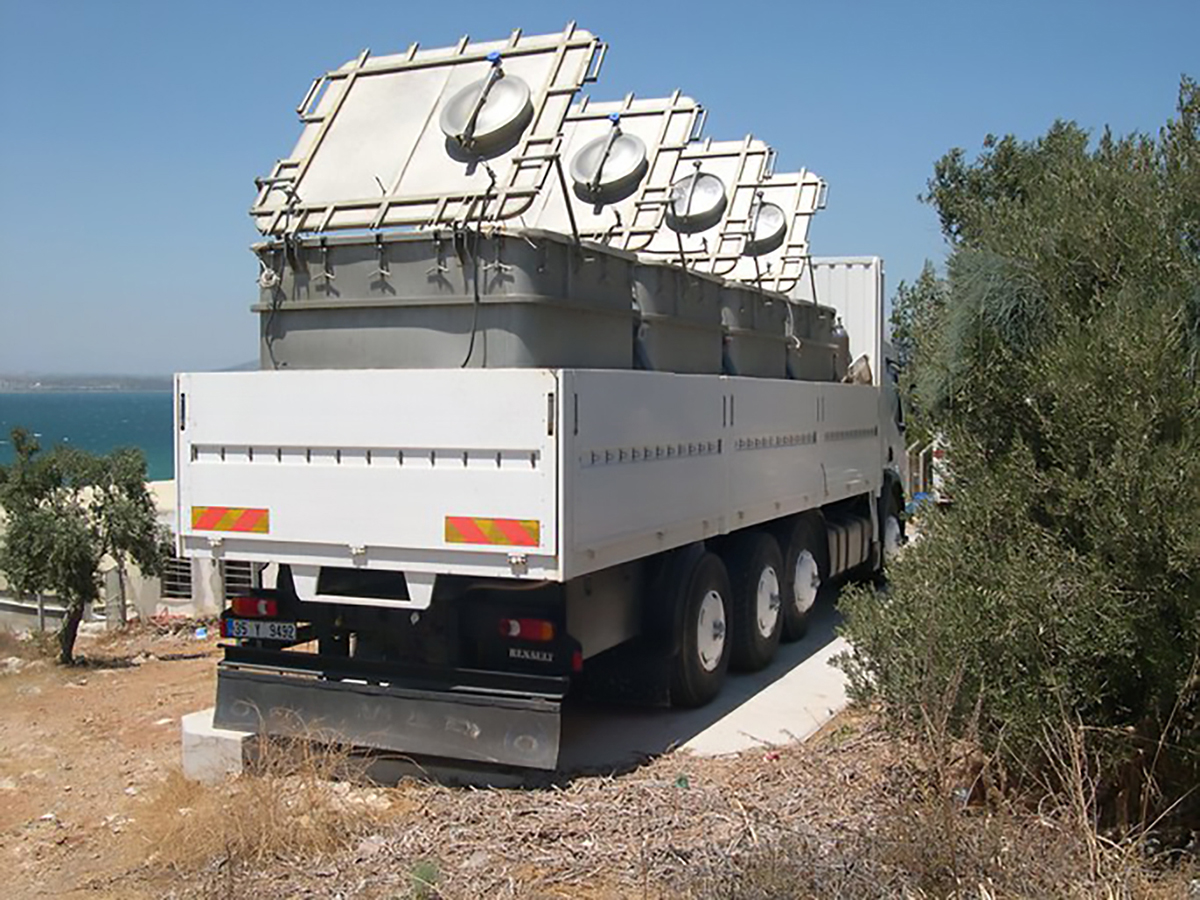
Complete control
With JUMO AQUIS touch S
Additional sensors can be connected to the JUMO AQUIS touch S and the environmental conditions inside and outside the individual cages can be acquired by determining such measurands as the pH value, conductivity or turbidity. In this way, germination of the enclosures can be prevented. Simple data control via the control system or mobile devices is possible thanks to the implementation of Internet-based interfaces in JUMO AQUIS touch S or thanks to the connection of radio-based technologies.
Live fish transport
Mobile, global access to important measurement data
Fish must be transported so that they reach their destination safely and healthily. The oxygen concentration and temperature must be monitored simultaneously in each tank. Measuring and control units from the JUMO AQUIS touch series with its extended JUMO digiLine functionality enable the connection of up to six JUMO digiLine O-DO digital oxygen sensors. The temperature can be extracted with the temperature sensor integrated into the sensor.
Please note: This is a commercial profile
© 2019. This work is licensed under CC-BY-NC-ND.

